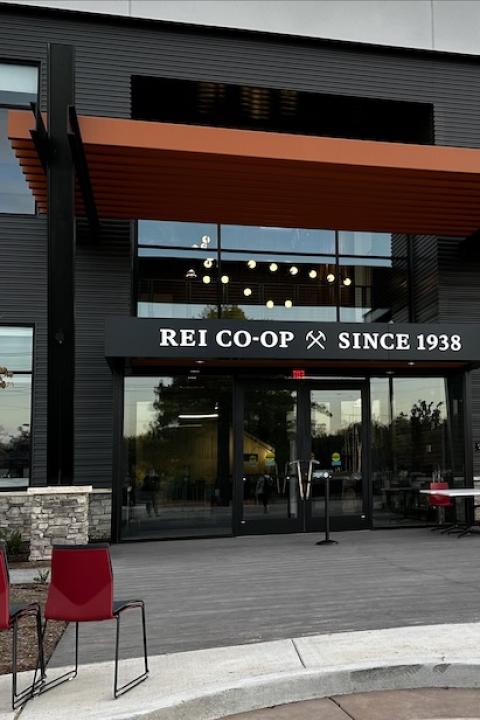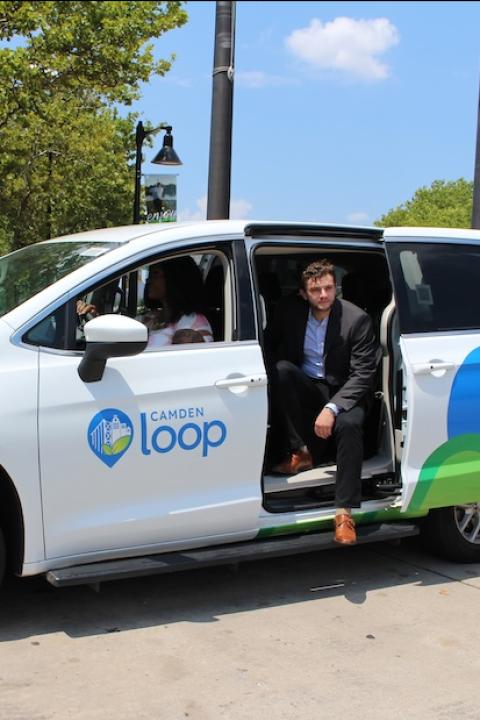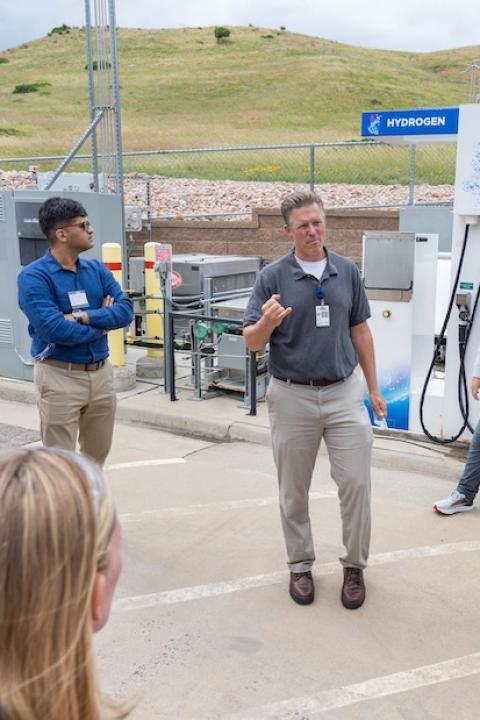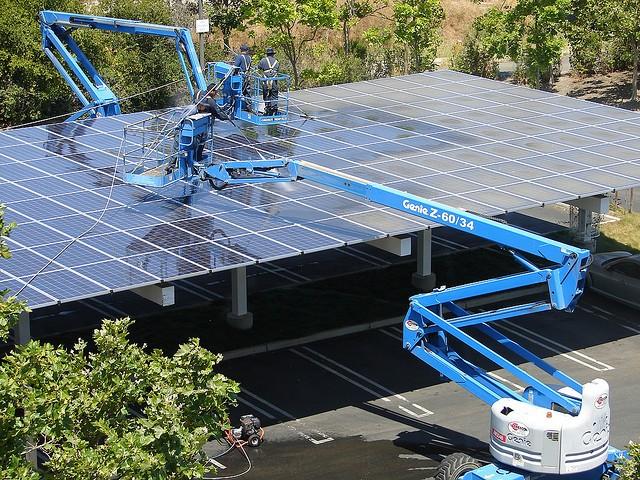
There is a saying that what gets measured gets improved. For this reason, many organizations are measuring greenhouse gas emissions. In an ideal scenario, carbon accounting is transparent, consistent, accurate, verifiable, and complete. There are now many tools available to assist in the accounting process, including carbon accounting software and consulting firms if you want help crunching the numbers. While many organizations have a handle on the most obvious sources of emissions like business travel, energy use, and paper use, here are a few sneaky sources of emissions you might not have considered.
Primary and secondary materials in the supply chain
The tiny components that make up your organizations' final products can pack a big carbon punch. This is especially true when it comes to complex products with deep supply chains, like computer hardware. When there is a big distance between corporate headquarters and manufacturing plants, valuable supply chain information gets lost in the shuffle. In 2004, 23 percent of CO2 emissions made international moves, primarily as as exports from China and other emerging markets to developed countries.
Although many hardware suppliers have a close relationship with their final assembly plants, there is often little to no information about the primary and secondary components that arrive there for product manufacture. “A lot of electronics components are purely commodities: circuit boards, resistors, chips, transistors, wires,” says Andrew Hutson, director of global value chain initiatives for the Environmental Defense Fund. “They can be sourced from anywhere, a couple of tiers down in the supply chain, and it’s virtually impossible for a company to know where they’re coming from.”
Supply chain transformation may be the answer, but it isn't an easy task. Starbucks achieved transparency by simplifying its supply chain and clarifying functional roles.
Carbon emissions in flux
Because carbon pollution is a dynamic issue, resource extraction, production processes, and recycling destinations are in constant flux. Even if the inputs don't change, the way inputs are mined, extracted, logged, refined, and milled can change. What might be an accurate account one day isn't the next, if a technique changes. In some instances, this can cause emissions to spike with little anticipation.
Boosting knowledge about the supply chain and the industry can hedge against this issue, and 3rd-party audits are one possible way to increase transparency, depending on the industry in questions.
Consumer product use
Since a product's design can influence how it is used by consumers, companies should consider how consumers interact with their products when calculating their own carbon footprints.
When Levi Strauss conducted a lifecycle analysis for their jeans, they made some big discoveries that impacted their sustainability strategies. "To our surprise, we learned that 58 percent of the energy and 45 percent of the water used during the lifetime of a pair of Levi’s jeans occurs during the consumer-use phase," says the company. "This is huge and we know it. So we've invited a global dialogue with costumers about how caring for their clothes affects the environment through initiatives such as Care Tag for Our Planet." They now encourage customers to wash jeans every two weeks (instead of weekly), to use cold water, and to line dry.
When considering consumer use, the possibilities are endless. Tide even introduced a new product to encourage consumers to use lower temperatures when washing clothes. Tide Coldwater Clean claims consumers can save 500 pounds of carbon dioxide emission annually by washing in cold water. Microsoft has created software that helps computers use an estimated 27 percent less energy. Such initiatives often begin with a lifecycle assessment to clarify areas of opportunity.
Product end-of-life
A product's disposal can be a big part of its overall greenhouse gas emissions depending on how it breaks down. Using the cradle-to-cradle approach, Xerox designs some products in families, with compatible parts. At end-of-life, products are returned to Xerox for remanufacture for a newer-generation product with "as new" product specifications. This approach not only minimizes end-of-life emissions, but also reduces the emissions generated from manufacturing all new parts. Becoming familiar with cradle-to-cradle concepts is a great start towards implements such an initiative.
Office space
Even though a certain amount of office space may seem like a given, Iron Mountain discovered that it isn't. When it moved its global headquarters, it was able to reduce the office square footage while providing more amenities largely through offering a flexwork program called "Mobile Mountaineer." Now, approximately 150 employees share roughly 100 work spaces. The program also allows for future growth without having to increase office space. This program reduces emissions related to commuting and lowers impact related to the office size. Of course, each worker's home office emissions may increase.
This initiative began with an exploration of the current organizational culture of Iron Mountain and how to enhance it through with a new corporate headquarters. The company has also been looking for creative ways to reduce the environmental impact associated with its vast real estate footprint.
“The greenest and most cost effective square footage we have are the spaces we don’t have,” explains Kevin Hagen, director of corporate responsibility for Iron Mountain.
Have you uncovered any sneaky sources of emissions in your organization?
Image Credit: Flickr/ Avinash Kaushik
Sarah Lozanova is a regular contributor to environmental and energy publications and websites, including Mother Earth Living, Green Building & Design, Triple Pundit, Urban Farm, and Solar Today. Her experience includes work with small-scale solar energy installations and utility-scale wind farms. She earned an MBA in sustainable management from the Presidio Graduate School and she resides in Belfast Cohousing & Ecovillage in Mid-coast Maine with her husband and two children.
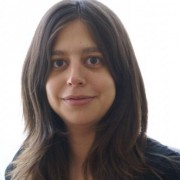
Sarah Lozanova is an environmental journalist and copywriter and has worked as a consultant to help large corporations become more sustainable. She is the author of Humane Home: Easy Steps for Sustainable & Green Living, and her renewable energy experience includes residential and commercial solar energy installations. She teaches green business classes to graduate students at Unity College and holds an MBA in sustainable management from the Presidio Graduate School.



